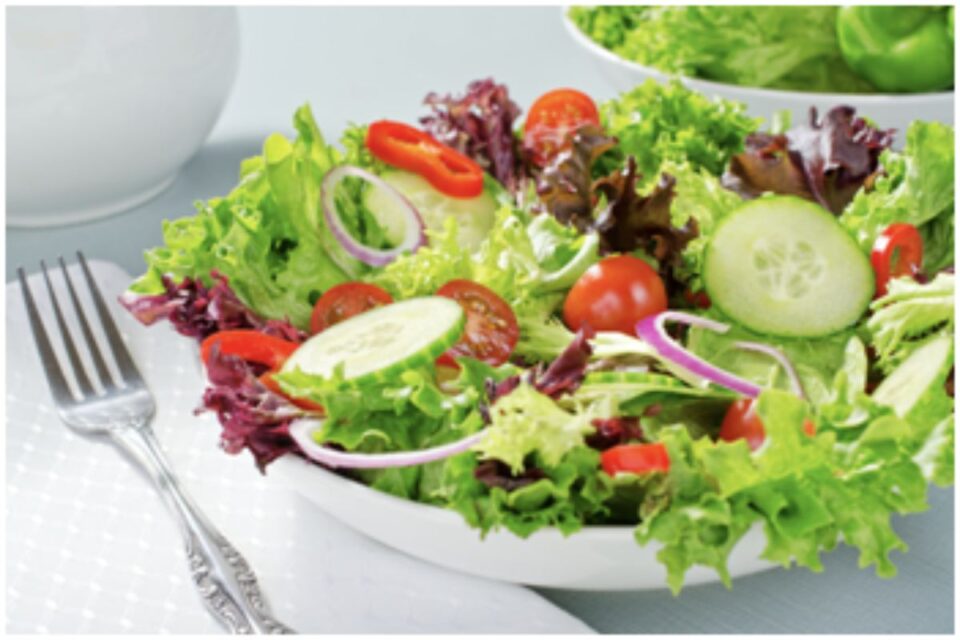Lettuce and lettuce seeds are some of the favorite crops to grow for most gardeners. For one, it is a cool-weather crop, so it is one of the first seeds you will plant. Secondly, lettuce grows fast, so it will also be one of the first garden vegetables that you will get to harvest. Fresh lettuce straight from your garden is so delicious in salads or on your sandwich.
There are two main types of lettuce—loose leaf and head lettuce. Looseleaf lettuce can be cut and it will grow back to cut again. Head lettuce forms a single head and when cut, you need to replant lettuce seeds for another crop. There are lots of varieties of lettuce to choose from. Here are just a few favorites.
- Black Seeded Simpson is a long-time gardeners’ favorite. This is a looseleaf type of lettuce with green leaves and is great for salads and wraps.
- Red Sails lettuce is another looseleaf lettuce that has great flavor and color. This lettuce has bronze-red leaves to give visual appeal as well.
- Butterhead or Boston lettuce is popular and easy-to-grow head lettuce. You can use the outside leaves as you would a looseleaf variety, but it will form a loose head from the center.
- Romaine Lettuce is a great lettuce variety with a more upright growth pattern. The leaves are long and will form ahead, but you can also harvest the outer leaves as it grows.
These are just a few lettuce types available, and for those who garden organically, there are organic seeds available. Consider planting smaller amounts of several varieties in your garden and harvest a mix for your salads.
Growing lettuce is easy. It can be sown directly in the ground, but if you want an early harvest, it can be started indoors about three to four weeks before moving outdoors. Lettuce tolerates being transplanted very well. Prepare your garden soil by adding compost or a slow-release fertilizer. Lettuce needs at least six hours of sun a day.
If you are starting your seeds indoors, plant two seeds to each cell of a six-pack. Most lettuce needs light to germinate so be sure to read the instructions for planting on the seed packet. Lettuce seeds will germinate in cool temperatures but do best at around 60-65 degrees. To grow successfully, water consistently and use grow lights. Transplant outdoors after your last estimated frost date for your grow zone. Check the seed packet for the recommended spacing of your seedlings. Generally, it needs to be planted six to 10 inches apart. If you are able to provide frost protection, you can transplant outdoors even earlier (it likes the cold, but not frost). Plant in the garden and protect it by covering it with hoops and cloth or heavy plastic, making a mini greenhouse.
You can start to harvest as soon as the leaves are four to six inches long by simply cutting the outside leaves off about an inch from the soil level–and it will grow back. Many gardeners just use scissors and shear a section of it at one time. This works fine. It will come back, but it just takes a little longer.
If you want to direct sow your lettuce seeds in the garden, it couldn’t be simpler. Prepare the area to be planted by smoothing the soil flat. Scatter the seeds aiming for about two inches apart. Remember it needs light to germinate so don’t cover with soil. Lightly press the seeds into the soil with your hand to make sure there is a good contact. Once it comes up, you can thin it easily to the desired distance apart.

It is a cool-weather crop. When the summer heat arrives, lettuce will react by turning bitter or by bolting. Bolting is when the plant tries to produce seeds and sends up a flower stalk. You may be able to hold off this process if you use shade cloth over it. This is especially effective if you have just a day or two of unusually warm weather and then the temperature reverts back to seasonably cool. Once the heat of summer hits pull it. Remember that you can replant in the cool weather of fall for a second bountiful harvest. If you live in the South, you may be able to grow it all winter.
It is not bothered by a lot of pest pressure. The main problem is slugs if you live in a more humid area. Diatomaceous earth is a good solution. Remember to reapply after it rains. Many gardeners have success by sprinkling crushed eggshells around it. In both cases, the slugs don’t like to crawl over the sharp substance with their soft bodies. Another possible pest is aphids. These can be treated organically with soapy water.
The biggest problem for most of us is the four-legged variety. The deer and rabbits love it as much as we do! The only foolproof solution for these is a physical barrier, like fencing or chicken wire cages around your plants. There are other deterrents, like dried blood, coyote urine, etc., which are available in most garden centers. These may work, but they must be reapplied periodically and whenever it rains.
If all else fails, plant your lettuce in containers near the house where animals are less likely to venture. The plants look attractive, and they grow very well in containers. Enjoy your salads!

